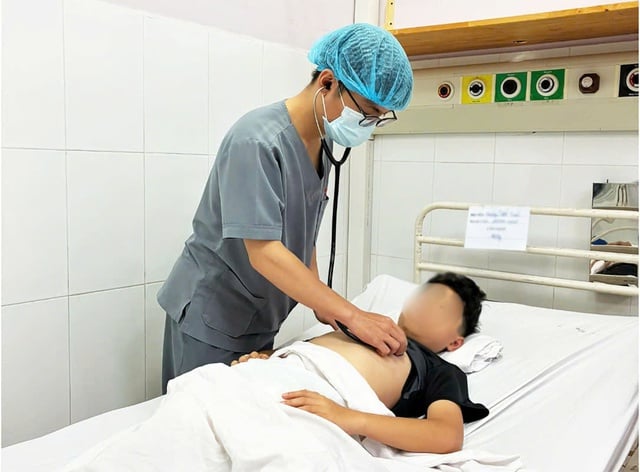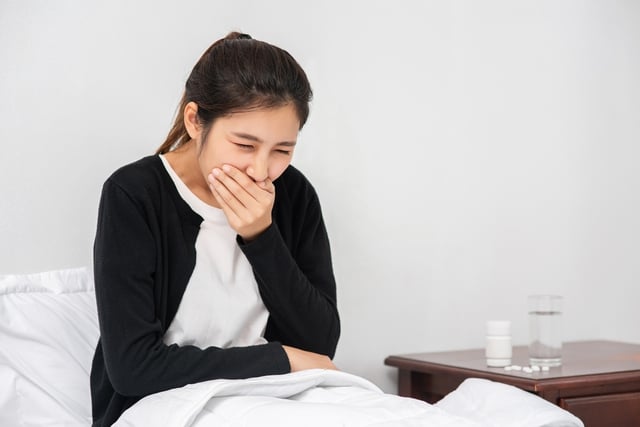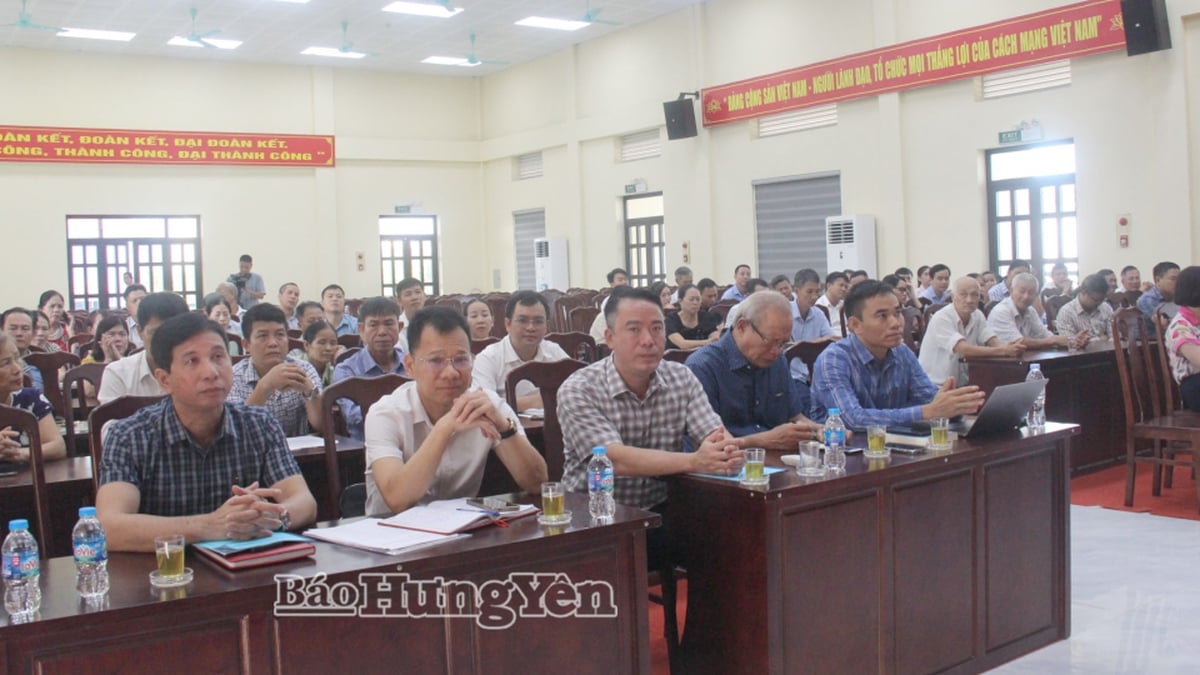Master - Doctor Nguyen Hien Minh, Deputy Head of the Vaccination Unit, University of Medicine and Pharmacy Hospital, Ho Chi Minh City, said that meningococcal meningitis progresses very quickly, if not treated promptly, the patient can die within 24-48 hours. Even with treatment, the mortality rate is still 10-15%, and among the survivors, 1 in 5 people may suffer permanent sequelae such as deafness, blindness, chronic kidney damage, brain damage, mental retardation, or amputation, post-traumatic stress disorder (PTSD).
A case of meningococcal meningitis in Ho Chi Minh City
PHOTO: BVCC
The disease tends to increase in the summer.
According to Dr. Nguyen Hien Minh, meningococcal meningitis can occur year-round, but tends to increase in the summer - when it is hot and humid. Some reasons for the increase in cases:
Increased close contact : Summer camps, festivals or travel facilitate the spread of infection due to large crowds and group activities. We are more likely to come into direct contact with respiratory pathogens through droplets from the nose and throat of an infected person when they cough, sneeze or talk.
Dehydration: Harsh sunlight, poor personal hygiene, and poor nutrition can make the immune system more sensitive to pathogens, especially in young children and people with underlying medical conditions.
Changes in the mucosal immunity of the nose and throat due to heat, dust and pollution in summer weather (especially in urban areas) make the respiratory tract drier and more vulnerable, creating favorable conditions for Neisseria meningitidis bacteria to develop and invade.
What are the symptoms of meningococcal disease?
The initial symptoms of meningococcal meningitis can resemble those of a common bacterial infection or the flu, making early diagnosis difficult. Warning signs in the first 4-12 hours include:
In adolescents and adults, meningococcal encephalitis often presents with sudden headache, fever, vomiting, muscle pain, photophobia...
Illustration: Freepik
- Sudden high fever, up to 41 degrees Celsius, not reduced by conventional fever-reducing medication.
- Severe headache, muscle aches, fatigue.
- Sore throat or mild cough.
- Nausea or vomiting, possibly diarrhea.
- Sensitive to light.
- Cold hands and feet, pale skin.
- Stiff neck when bowing head.
- The initial skin lesions are erythematous papules but will rapidly progress to petechiae or bruises 1-2 days after fever, then spread rapidly in a map-like or blister-like pattern, usually on the lower limbs.
How to prevent disease?
The most effective preventive measure is vaccination. Currently in Vietnam, there are 3 types of vaccines that can prevent 5 serotypes of Neisseria meningitidis including A, B, C, W-135 and Y. Note that the vaccine needs at least 2 - 4 weeks after injection to be effective.
In addition, there are other preventive measures such as:
- Practice proper respiratory hygiene (cover your mouth when coughing or sneezing), wear a mask in crowded places, and maintain personal hygiene after group activities (wash hands with soap, gargle, and rinse eyes and nose with saline).
- Avoid close contact with people who are sick or have suspected signs of illness.
- Make sure the place is airy, avoid crowded places.
- Eat nutritious food to improve your health.
- Immediately report the case to local health authorities to prevent the spread of disease in the community.
Source: https://thanhnien.vn/viem-nao-mo-cau-vi-sao-benh-thuong-bung-phat-vao-mua-he-185250515221459897.htm



































































































Comment (0)